Garage lighting
KoenBro
9 years ago
Related Stories
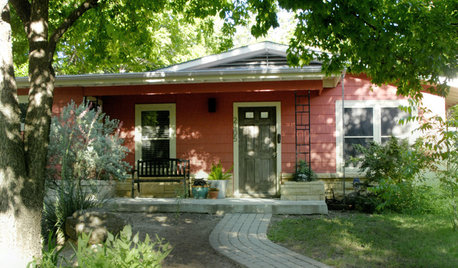
HOUZZ TOURSMy Houzz: Art and Color Light Up a Texas Home
Family artwork and patience lie at the heart of this Austin home, along with striking colors, a converted garage and a spacious backyard
Full Story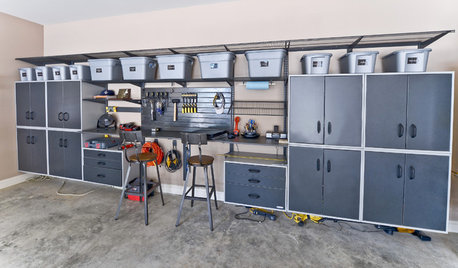
SHOP HOUZZShop Houzz: Getting a Handle on Your Garage
Organize the garage — finally — with everything you need, from lights and seating to worktables and toolboxes
Full Story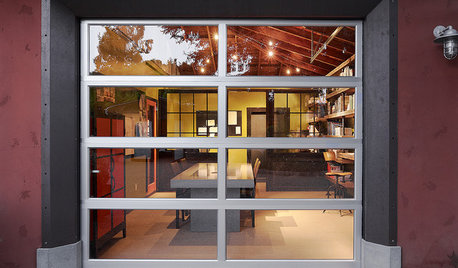
DESIGN DICTIONARYSectional Door
Sliding up like garage doors and letting in light like windows, sectional doors show interior flair
Full Story0
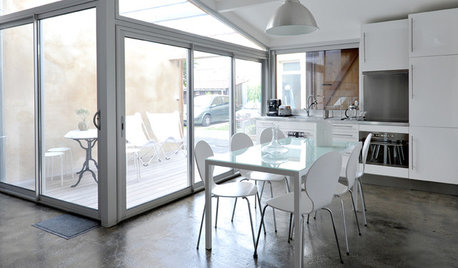
MORE ROOMSMore Living Space: Converting a Garage
5 things to consider when creating new living space in the garage
Full Story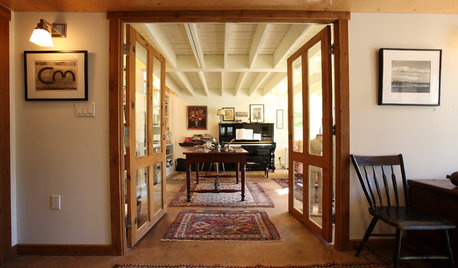
STUDIOS AND WORKSHOPSRoom of the Day: A Former Garage Hits a High Note
Remodeling turns a hodgepodge storage space into a welcoming music room — just in time for a family wedding
Full Story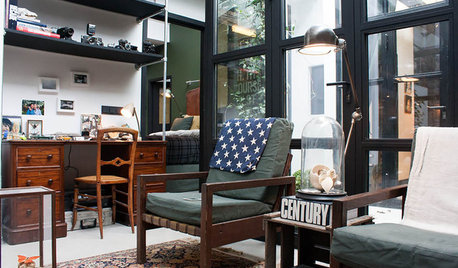
HOUZZ TOURSMy Houzz: Domesticating a Rugged Amsterdam Garage
Strong contrasts, myriad collections and vintage touches give a designer’s converted home in the Netherlands creative flair
Full Story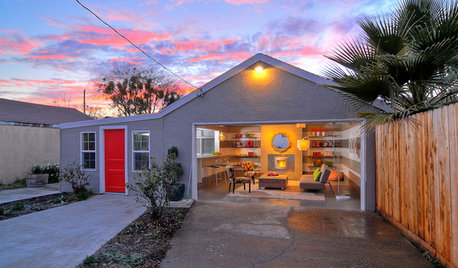
MORE ROOMSBehind a Garage Door, a Family Fun Room
Designer Kerrie Kelly's secrets to this low-budget garage makeover: a soothing palette, horizontal stripes and dashes of color
Full Story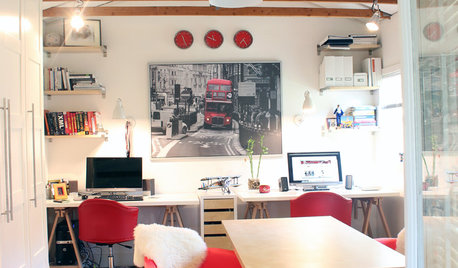
GARAGES6 Great Garage Conversions Dreamed Up by Houzzers
Pull inspiration from these creative garage makeovers, whether you've got work or happy hour in mind
Full Story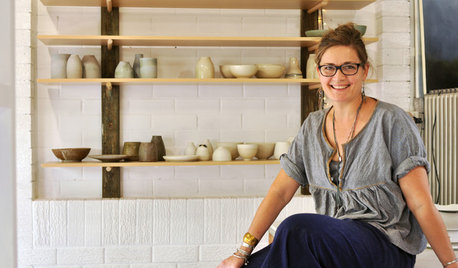
STUDIOS AND WORKSHOPSStudio Tour: Garage Keeps the Wheel of Creativity Turning
Step inside potter Lisa Russell's converted garage and find out how she creates her ceramics at home
Full Story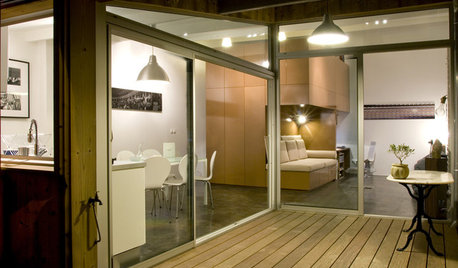
GARAGES6 Incredible Garage Conversions
Trading car storage for capacious living space, these garage conversions leave their former incarnations in the dust
Full Story






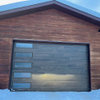
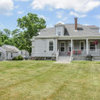
randy427
mosquitogang201
Related Professionals
Camp Springs Accessory Dwelling Units · Jacinto City Interior Designers & Decorators · Ashwaubenon Interior Designers & Decorators · Bloomingdale Interior Designers & Decorators · Liberty Township Interior Designers & Decorators · Eureka Cabinets & Cabinetry · Gaffney Cabinets & Cabinetry · Harrison Cabinets & Cabinetry · Lackawanna Cabinets & Cabinetry · Parsippany Cabinets & Cabinetry · Sunset Cabinets & Cabinetry · Whitehall Cabinets & Cabinetry · Phelan Cabinets & Cabinetry · University Park Cabinets & Cabinetry · Atascocita Cabinets & Cabinetrycardinal94
faustyboo